Climbing Aconcagua is a demanding high-altitude challenge, and proper pre-expedition training is essential for your success. Focus on building aerobic endurance, leg strength, and overall stamina through activities like hiking, running, or cycling. Incorporate training on steep terrain with a weighted backpack to simulate the conditions you’ll face on the mountain. Additionally, prepare for the rigors of altitude by practicing controlled breathing techniques and maintaining a positive mindset. A well-rounded training program will ensure you’re physically and mentally ready to tackle South America’s highest peak with confidence.
Proper preparation and equipment are essential for your safety and comfort during this winter mountaineering course. Below is a comprehensive kit list to help you prepare:
+ Kit ListFREC 3 medic in the team / helicopter evac possible / Frequent health checks on route
Please ensure that you have the correct insurance cover before departing for this trip. Your insurance must cover high altitude trekking to a hight of 6,960 meters / 22,842 feet. Helicopter rescue and repatriation is compulsory.
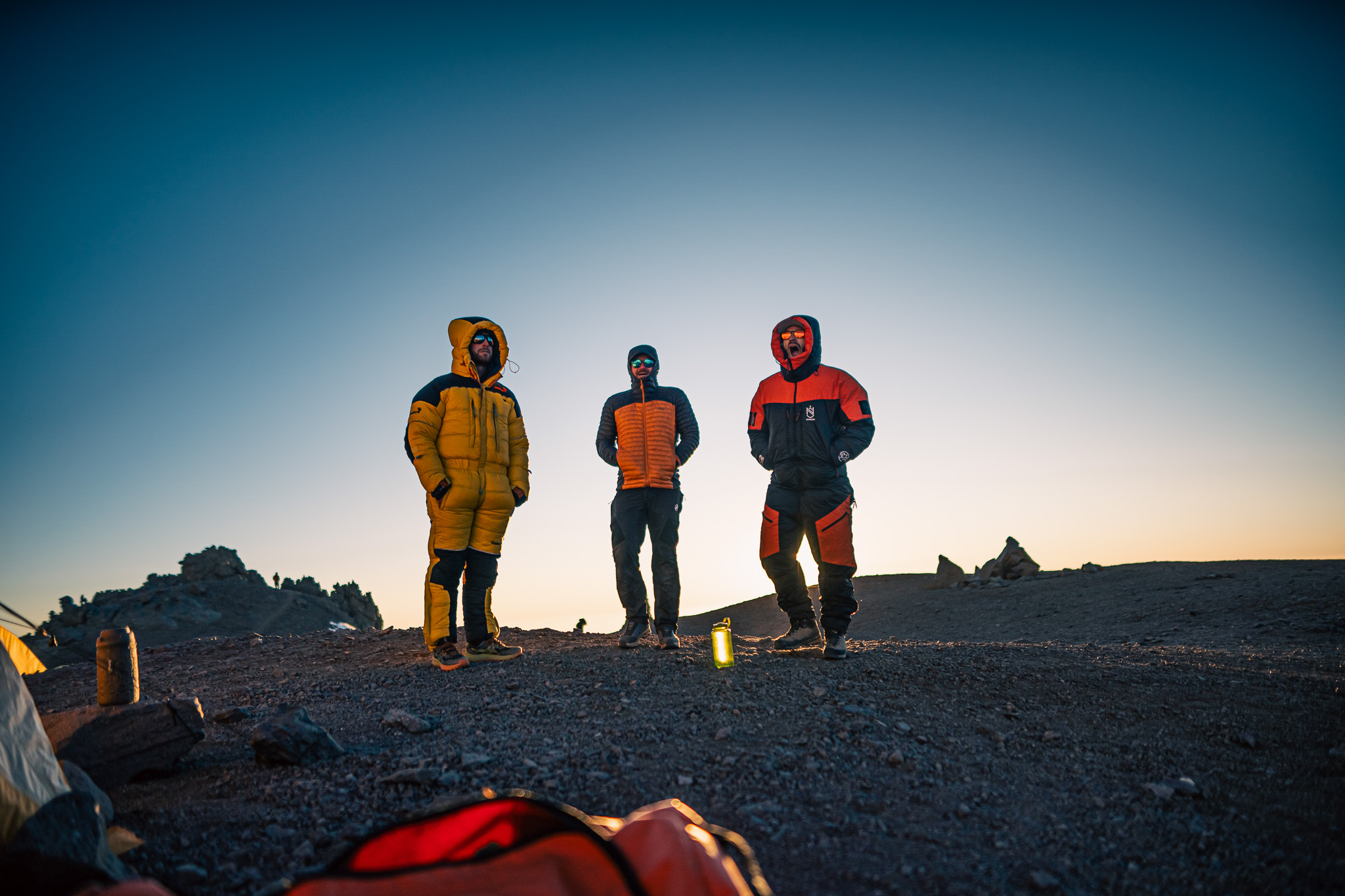
Climbing Aconcagua is more than an ascent. It is a journey into the heart of the Andes, combining raw natural beauty, cultural discovery, and personal challenge under the guidance of expedition leader Jay Morton. The adventure begins in Mendoza, Argentina, where you meet your team, prepare your gear, and immerse yourself in local culture. From there, you trek through the stunning Horcones Valley, surrounded by jagged peaks and open landscapes that set the stage for the climb.
The route covers diverse terrain, from dusty trails to glacial moraine, with acclimatisation days built in to help you adjust to the altitude while enjoying breathtaking views and forming bonds with your team. You will pass iconic landmarks such as Plaza de Mulas and navigate challenging scree slopes leading to the summit ridge.
Reaching the summit at 6,961 meters is a test of mental and physical endurance, offering unmatched views across the Andes and a profound sense of achievement. With Jay Morton’s leadership and support throughout, this expedition is not just a climb, but a transformative adventure in one of the world’s most iconic mountain ranges.
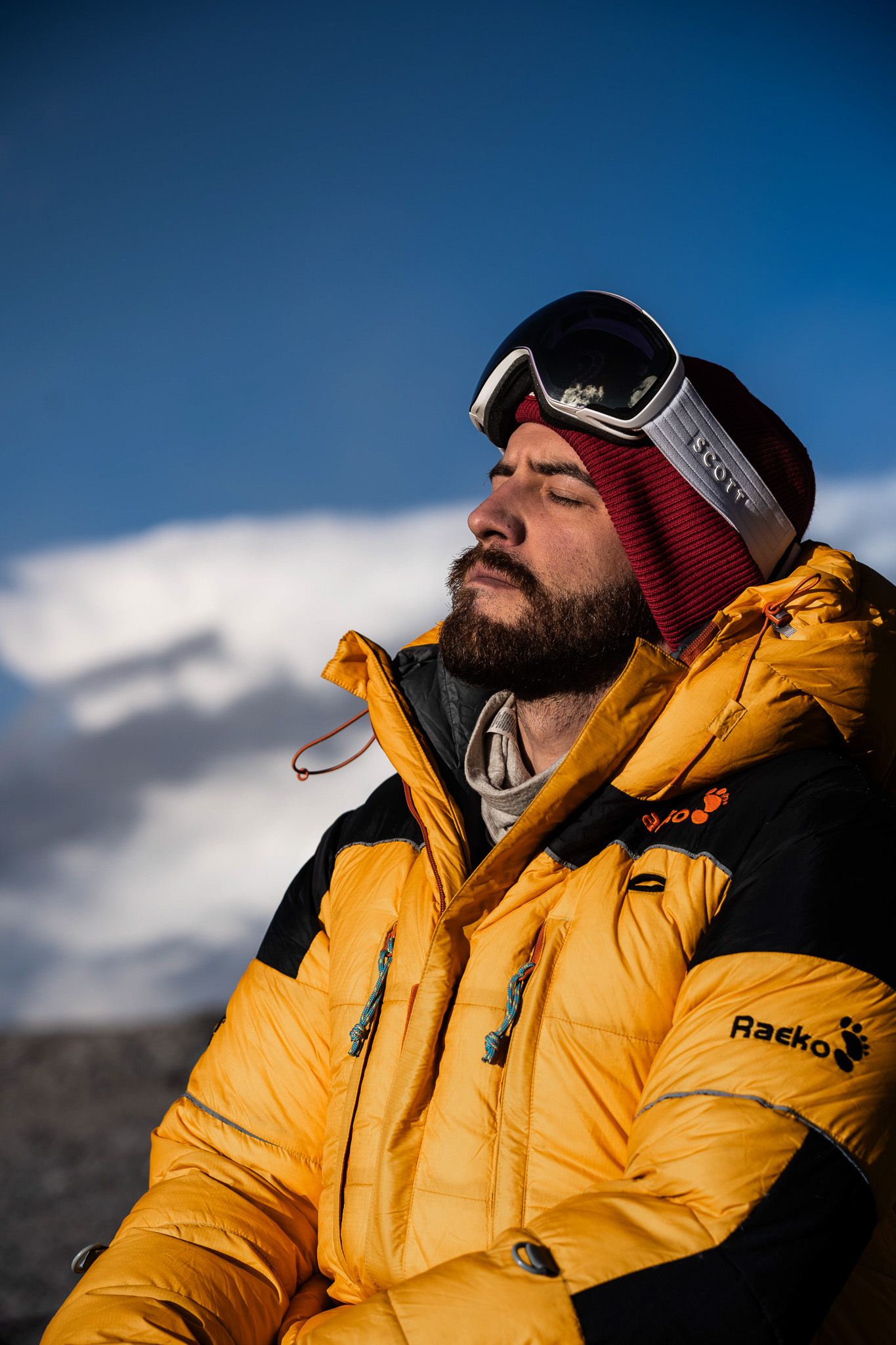
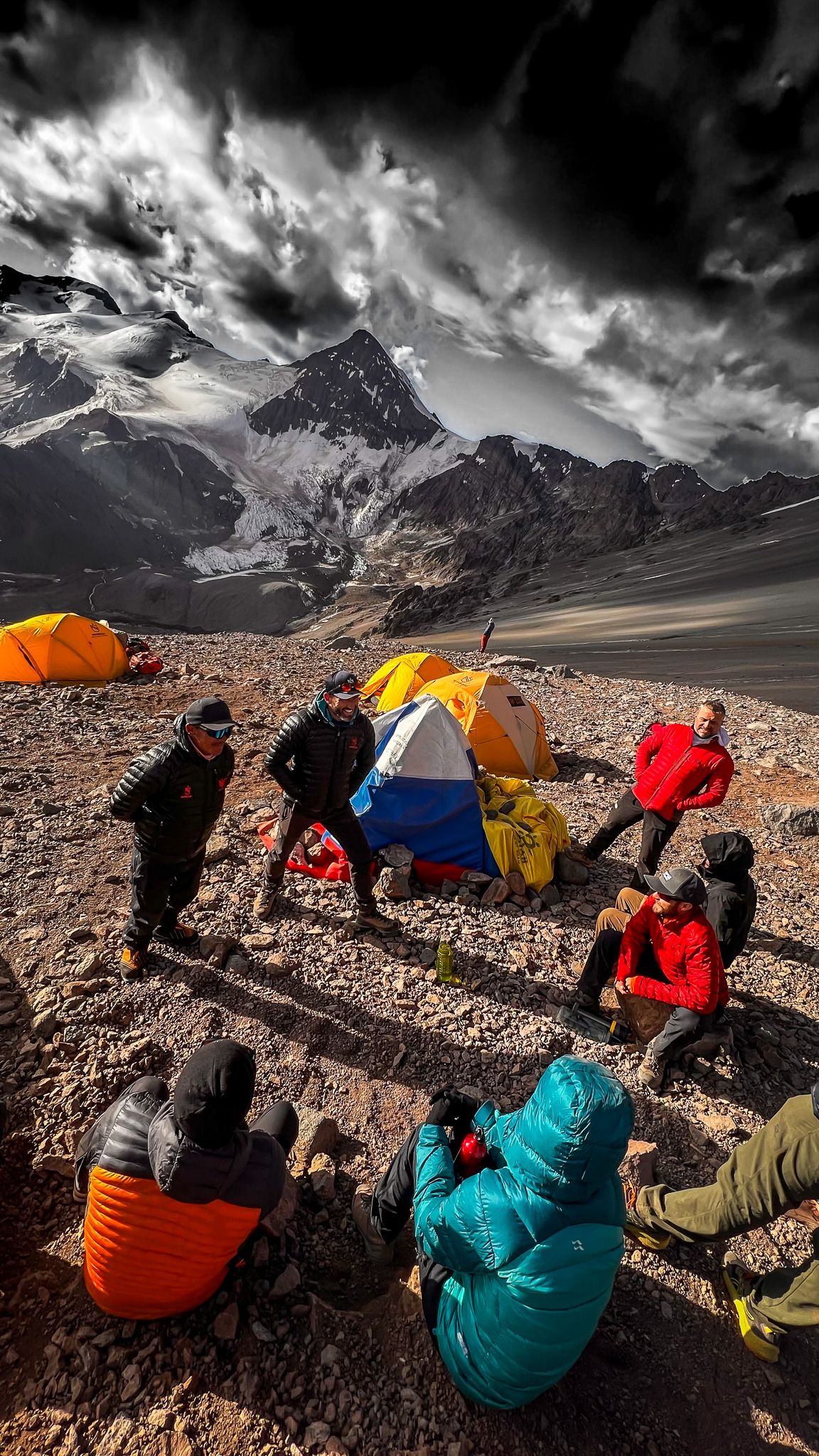
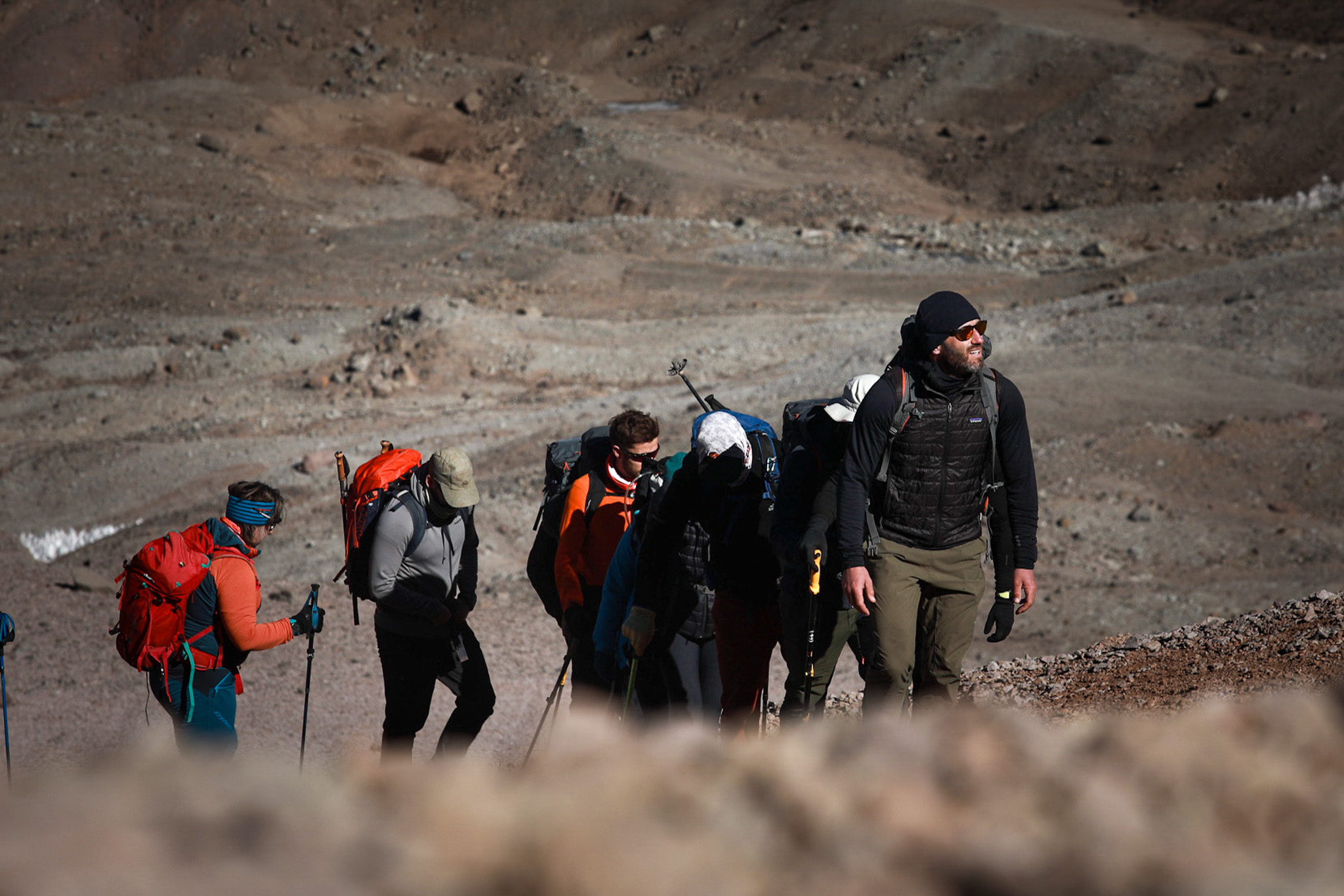
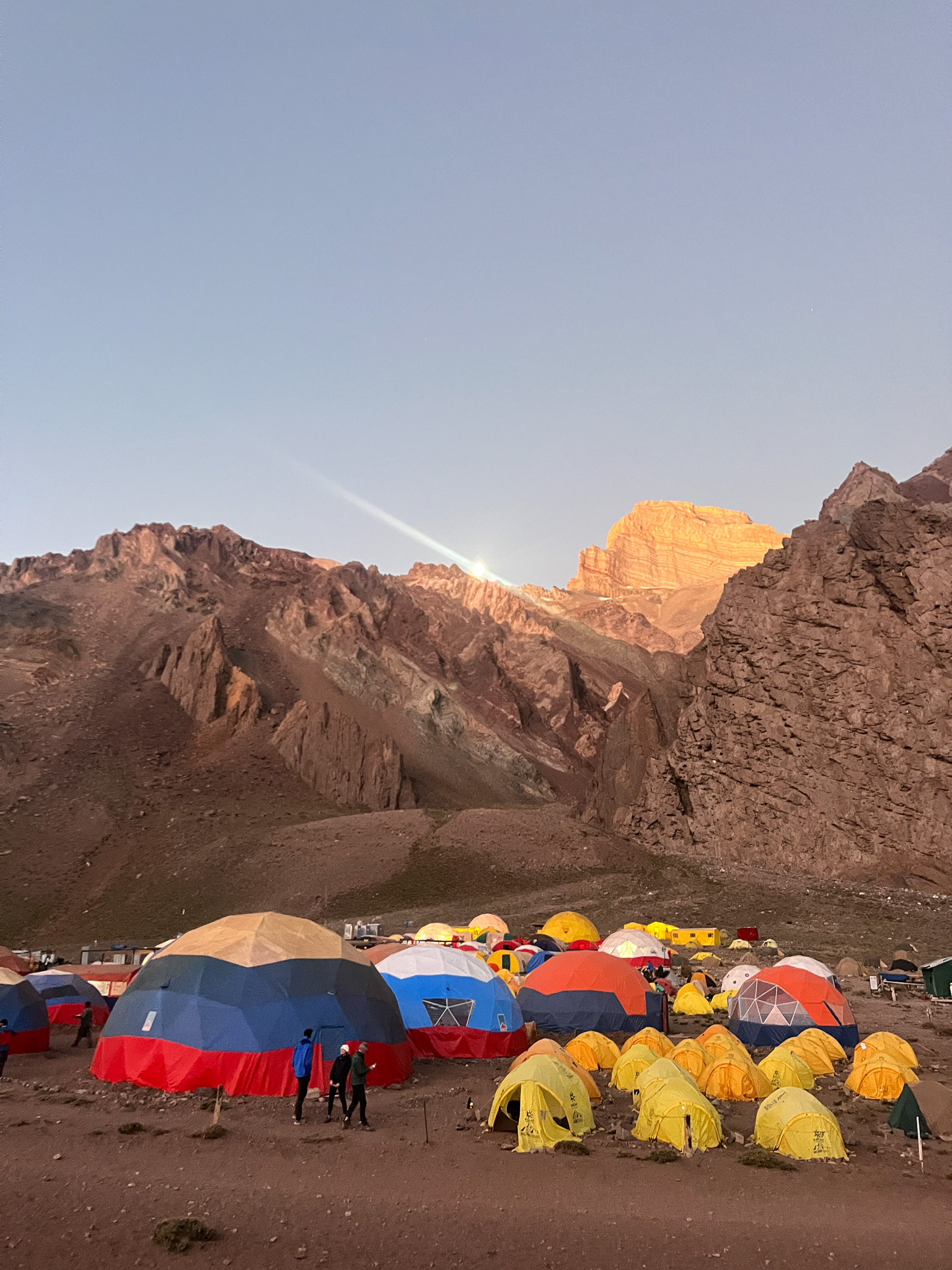
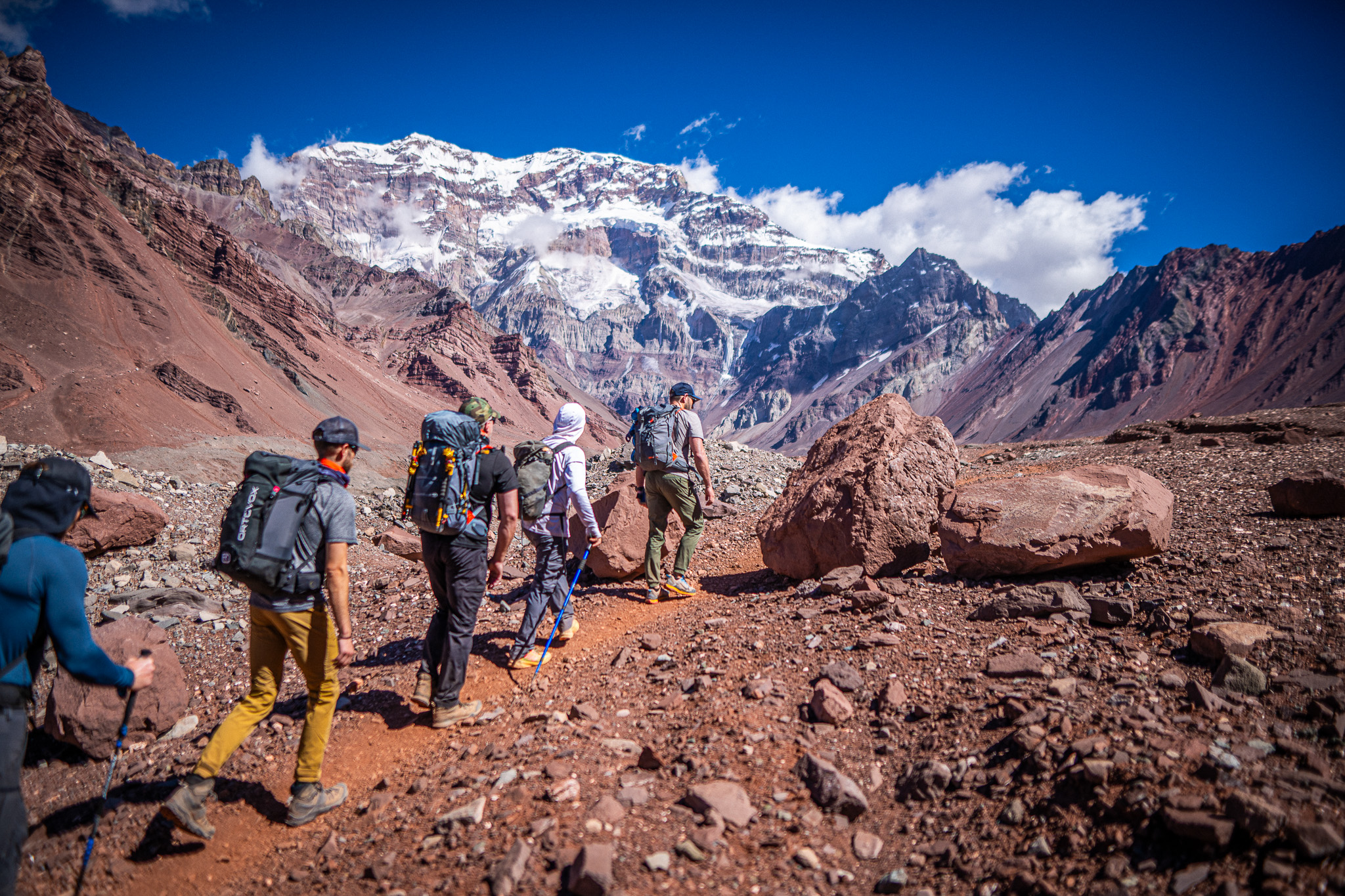
Climbing Aconcagua at 6,961 meters, the highest peak in South America and the tallest mountain outside the Himalayas, is an extraordinary adventure. It combines breathtaking Andean landscapes, Argentina’s rich culture, and the personal challenge of extreme altitude. The expedition tests physical and mental resilience while rewarding climbers with the unmatched experience of standing atop one of the Seven Summits, gazing across the Andes, and achieving a monumental milestone in mountaineering.
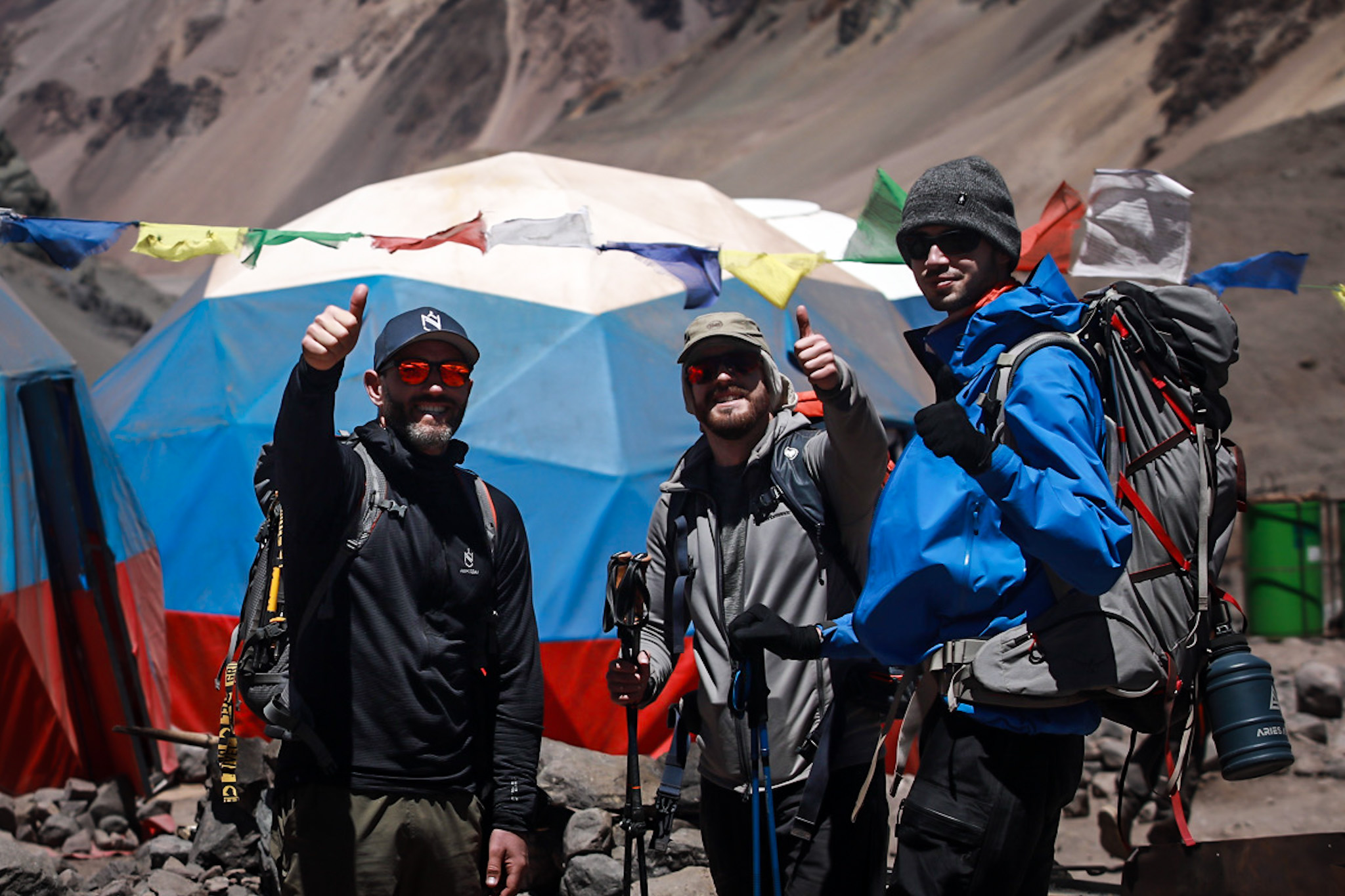
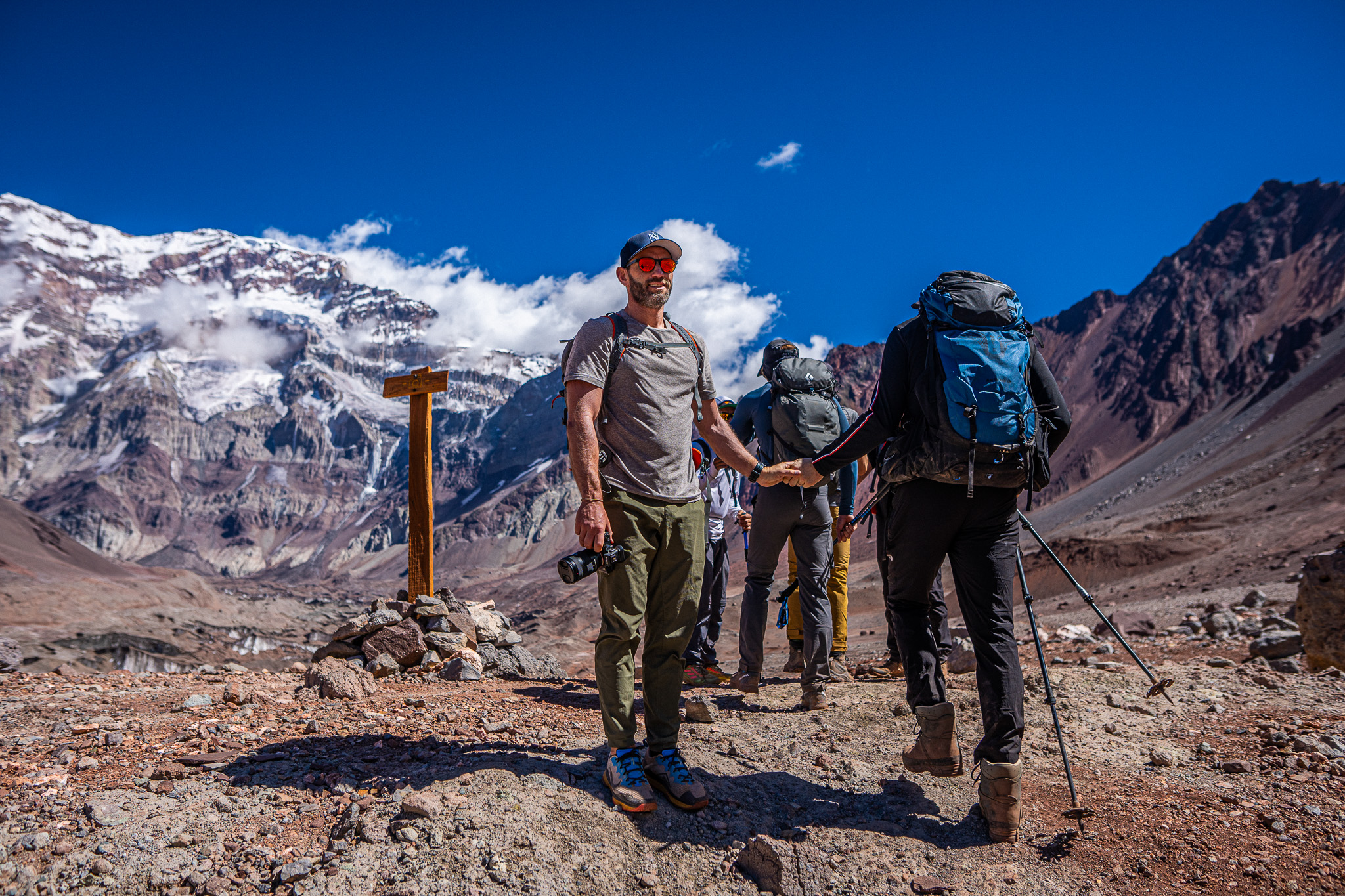
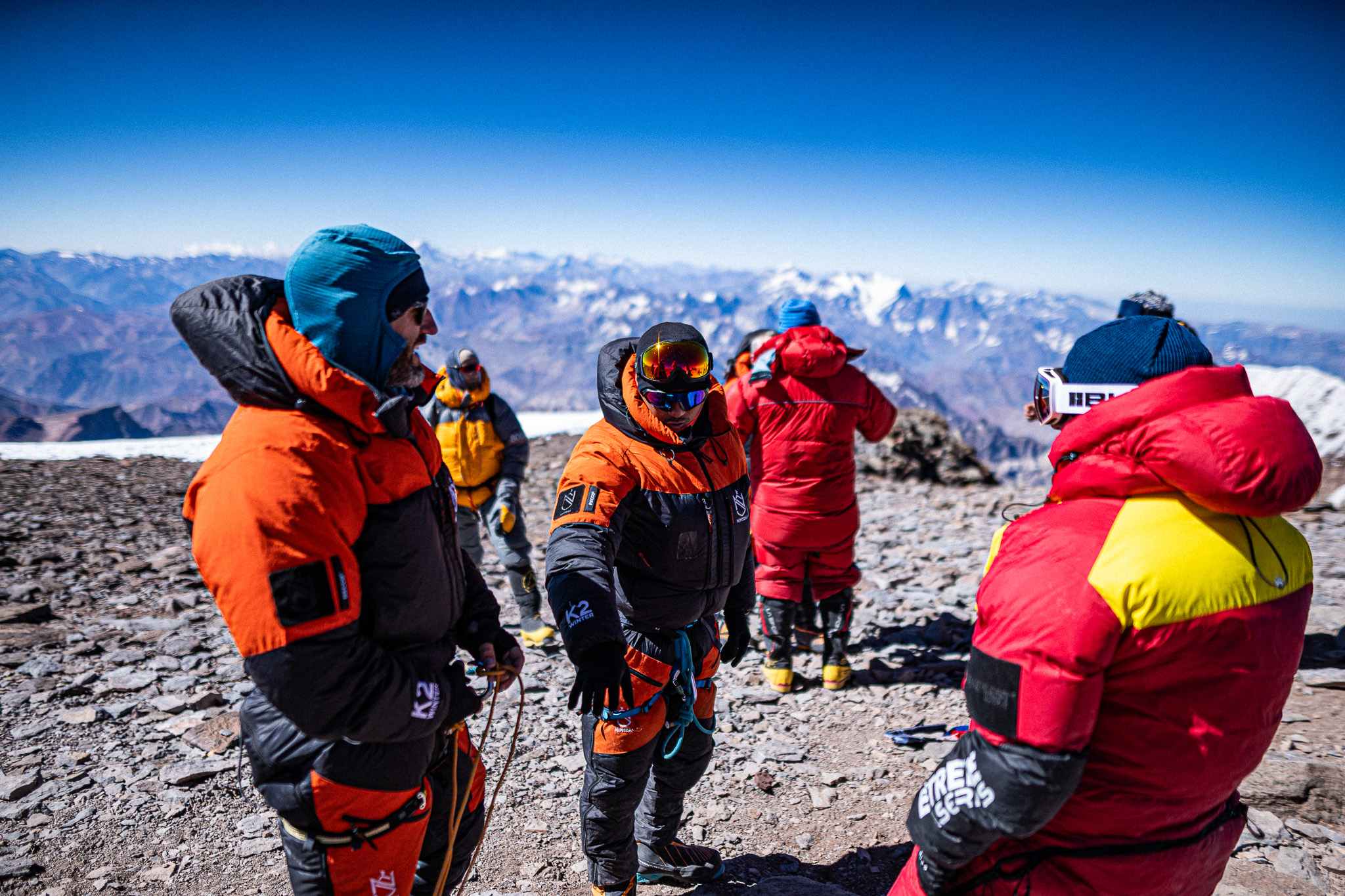
Base Layers
2-3 moisture-wicking thermal tops
2 pairs of thermal bottoms
Mid Layer
Fleece jacket or pullover
Insulated softshell jacket
Outer Layers
Waterproof, breathable hardshell jacket with a hood (GORE-TEX or equivalent)
Waterproof trousers
Insulated Layers
Expedition grade 8000 meter down suit or expedition grade down jacket and trousers
Heavyweight down or synthetic insulated jacket
Insulated trousers
Trekking Clothes
2-3 pairs of trekking pants (quick-drying)
Underwear
Multiple sets of sports underwear (merino preferred)
Gloves: Lightweight gloves for trekking, insulated gloves or mits and expedition 8000m mitts for summit day
Headwear
Warm beanie or fleece hat
Neck gaiter or Buff
Baseball cap or sun hat
Sturdy, waterproof trekking boots or approach shoes (broken in before the trek)
6000 meter or 8000 meter climbing boot (Scarpa Phantom 6000 or 8000 or LA Sportiva Olympus 8000 or G5 Evo)
5-6 pairs of moisture-wicking trekking socks
1-2 pairs of expedition socks for summit day
Sandals or sturdy flip flops for Base Camp
12 point crampons (to fit your climbing boot)
Climbing Harness
Climbing Helmet
Mountaineering Ice Axe
2x open gate carabina, 2x screw gate or three lock carabina
Expedition Summit Suit or Expedition Summit seperate jacket and trousers
4-season sleeping bag (-30°C / -22°F comfort rating minimum)
Sleeping bag liner (for added warmth)
Inflatable expedition sleeping mat
Foam sleeping mat
Down tent booties (optional)
Daypack (30-40L) for carrying essentials during the trek
Large duffel bag (provided by the trekking company for porters)
Mountain sunglasses with Cat 3-4
Headtorch with spare batteries
2x 1L water bottles with insulation pouch and/or hydration bladder
Buff or neck gaiter for dust and cold
Heat pads for hands (optional)
Pee bottle or shewee for women (larger the better, please trail before departure for slicker in tent admin)
Insulated mug
Knife or multitool
Spoon
Thermos (optional)
Water treatment tools, tablets or wand (water is not the cleanest)
Spare clothes for downtime
Trekking poles (optional)
Personal toiletries (biodegradable where possible)
Sunscreen (SPF 50+) and lip balm with UV protection
Hand sanitizer and wet wipes
Personal first aid kit (include altitude medication, blister care, and any prescriptions)
Lightweight travel towel
Camera or smartphone with extra batteries
Personal camera for catching memories
Camera or GoPro with spare batteries
Lightweight book or e-reader
Earplugs and facemask
Battery pack
Dust mask for those sensitive to dust
Portable solar charger (optional)
Hand warmers (optional)
Note: Ensure all gear is of good quality and tested before the trek, especially boots, backpacks, and clothing. If you have questions about any items, feel free to ask for guidance!
Snacks (energy bars, nuts, dried fruit, jerkey, chocolate, etc.)
Electrolyte tablets or powders
Passport (with necessary visas and permits and at least six months left until expiration)
Cash (for tips, snacks, and souvenirs)
Travel and high-altitude, helicoper rescue and repatriation insurance
Correct travel plug adapter
Transfers: Airport pick-up and drop-off, as well as transport between your hotel and the airport
Accommodation: Two nights in Mendoza on a shared basis, including breakfast (single rooms avaliable at request)
Welcome Dinner: Enjoy a welcome dinner at a local restaurant to start the expedition
Permit Assistance: Support with securing the required permits to enter Aconcagua Provincial Park
Transport: All necessary transport for members and staff according to the itinerary
Baggage Transport: Mules will carry up to 30kg of baggage to basecamp; members will carry their daypacks
Basecamp Lodging: Accommodation in mountain tents at basecamp
Meals: Three meals per day during trekking and at basecamp, with all food included during the climb
Basecamp Team: Experienced cooks and kitchen staff
Basecamp Facilities: Shared sleeping tents, dining tents, kitchen tents, toilets, and necessary furniture
Staff Support: Daily wages, food, equipment, clothing, and personal insurance for all staff and porters, including medical and rescue coverage
Professional Guide: Qualified mountain guide with experience in Aconcagua
Medical Equipment: Emergency medical gear and hot showers at basecamp
Communication and Power: Limited internet access (weather-dependent) and power supply at basecamp
Porter Services: Tents, garbage, and waste will be carried by porters
Safety Gear: Walkie-talkies for guides
Drinking Water: Hot and cold drinking water available at basecamp and high camps
Farewell Dinner: Warm send-off dinner with the team
Flights: International airfare to and from Mendoza
Meals in Mendoza: Lunches and dinners during your stay in Mendoza
Park Permit: Required entry permit for Aconcagua Provincial Park
Extra Nights: Any additional accommodation in Mendoza due to early arrival, late departure, or early return from the expedition
Insurance: Travel, high-altitude, accident, medical, and emergency evacuation insurance
Personal Gear: Individual climbing clothing and equipment
Summit Tips: Minimum mandatory summit bonus of USD 1,000-1,500
Staff Tips: Recommended USD 300-500+ for basecamp staff and porters
Miscellaneous: Any items not mentioned in the "Included" section
If you cancel your trip, deductions will be made from your advance payment to cover allocated costs. Charges are: 90+ days before departure:
Full refund of deposit 61-90 days:
70% refund of deposit 46-60 days:
50% refund of deposit 31-45 days:
No deposit refund + 30% of total trip cost
30 days or less: 100% of total trip cost
All cancellations must be submitted in writing (email or letter) within the notice period.